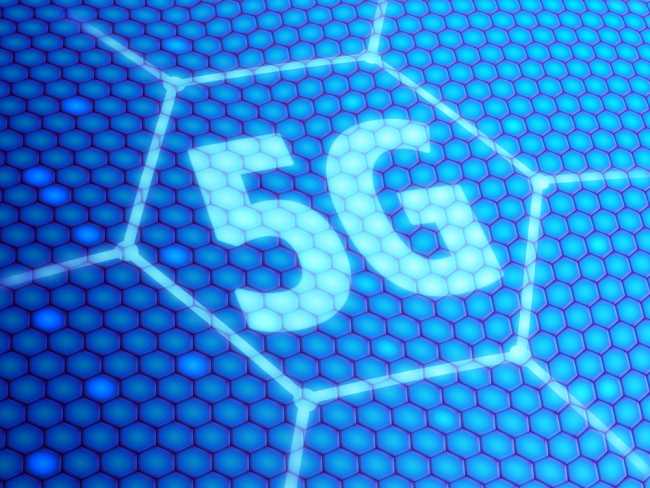Cybersecurity and Data Concerns in 5G
For the advantages of 5G to be unlocked, ample preparation and planning are necessary. Looking at the changes 5G networks might bring about on an enterprise and its security is a good place to start.
One of the first areas of 5G security concerns is the amount of data collected and how it is interpreted. This in turn creates security concerns, especially in terms of detection. The dawn of 5G might involve reviewing rules applied in filtering out malicious network traffic, as the current rules used might not recognize the subtleties of the highly customized traffic possible with 5G. The addition of more IoT devices could also present attribution difficulties for security statistics that have been used to monitoring only human subscribers — as opposed to machine subscribers, a second subscriber type made up of IoT devices.
5G cybersecurity strategies
The overall cybersecurity strategy adopted by the enterprise through which this data may travel is also crucial in the preparation for 5G. Security must be deployed after careful planning and involve an organized structure that can help prevent attacks and mitigate their effects as well as make room for necessary changes in the future. Having no security architecture can delay the deployment of new technologies like those enabled by 5G.
Aside from the data and security architecture, the shift from hardware-defined to software-defined networks influences the skill set needed to properly operate and secure network processes. An enterprise would need more professionals capable of identifying key concerns for a software-defined network, which involve the same skills necessary for advanced incident response. Current security teams may also need to widen their software coding skills to meet the need for better accuracy in interpreting and profiling data involved in the use of 5G.
Securing the Enterprise
Several security techniques and technologies can help address these concerns, and ease the transition to the use of 5G. For example, the use of a security orchestrator or business-oriented machine learning rules that use security and privacy as functions of revenue and operating expense can help address the decreasing performance of a security architecture coming from poor detection. Using 5G machine learning can also help generate a new baseline that would in turn identify what would be acceptable network traffic, and help reduce pressure on security personnel or experts in the enterprise.
The concerns highlighted here suggest that although 5G is highly anticipated for its potential to tackle various technological demands, certain technologies and skills are required for the realization of that potential. Security, in particular, plays a critical role in enabling new advancements like 5G, as it works toward protecting the value and innovation they bring.
Find out more about 5G Cybersecurity concerns and about the following:
- 5G in a Nutshell: The Difference Between 5G and Earlier Networks
- CISO Concerns From 5G and Software-Defined Mobile Networking
- Enterprise Data Architecture as Security Architecture
- New Skills Needed by Security Staff
- Using Data Metamodeling to Create an Inventory of Data Assets
- Supply Chain as Data Provenance
- Products as Datasets and Intelligence Subscriptions
- Hyper-Accurate, High-Integrity Security Telemetry for 5GML
- CISO Opportunity – Simulations and Vendor Value Comparisons
Download the white paper written by Trend Micro Research Team. For more resources on industrial cybersecurity on our website, click here.
This is an excerpt from the research paper written by Craig Gibson, Vladimir Kropotov, Philippe Lin, Rainer Vosseler, and Fyodor Yarochkin, Trend Micro Research Team.
